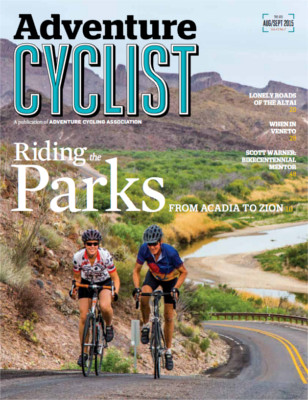 Guests on our Barolo Walk and Wine tour in Piedmont enjoy some of the best wines in Italy in their breathtakingly picturesque terroir. Let’s begin by defining terroir: terroir refers to the complete natural environmental conditions in which a particular wine is produced, including factors such as the soil, topography, sunlight and climate. Across Italy winemakers expound on their particular terroir, and the significant role it plays in the end product – their wines.
Guests on our Barolo Walk and Wine tour in Piedmont enjoy some of the best wines in Italy in their breathtakingly picturesque terroir. Let’s begin by defining terroir: terroir refers to the complete natural environmental conditions in which a particular wine is produced, including factors such as the soil, topography, sunlight and climate. Across Italy winemakers expound on their particular terroir, and the significant role it plays in the end product – their wines.
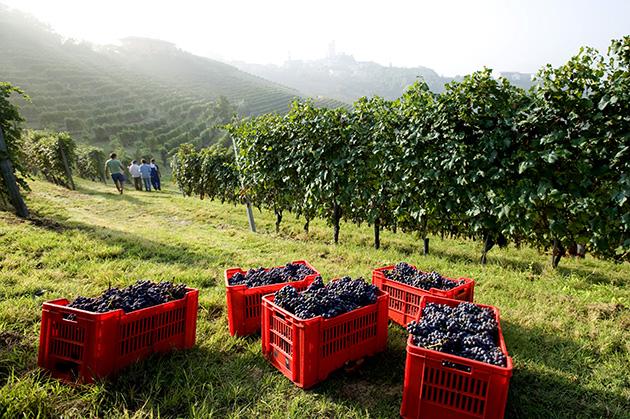
Barolo wines are made from the Nebbiolo grape. Nebbiolo is thin skinned and very slow to ripen, and therefore extremely expressive of its terroir. Barolo producers noticed this expressiveness, and a system to identify the various subtle yet significant differences in the various vineyards began to emerge. In 1929, Fernando Vignolo Lutati divided the Barolo region into three different geological formations from different periods.
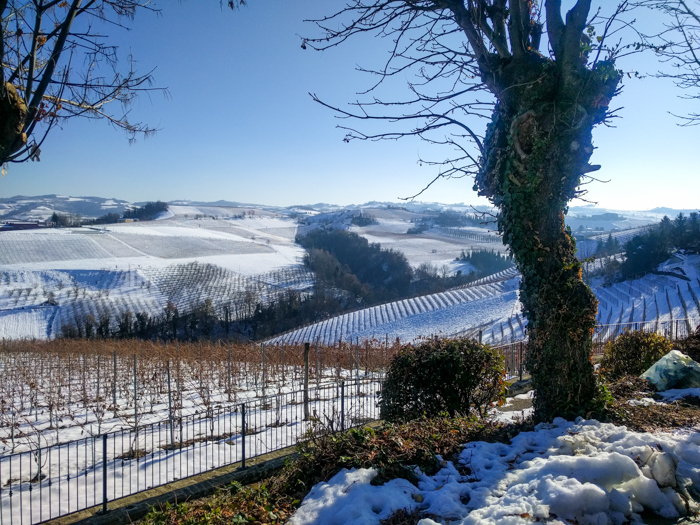
The oldest of the three, from the Helvetian age, is located in the south-eastern area and encompasses the communes of Serralunga, Monforte, Castiglione Falletto and part of Barolo. It is composed mainly of white-yellow marl, a crumby earth, here mostly clay, that contains a substantial amount of calcium carbonate. This soil type produces more intense wines, with more color, body, and strong tannins that benefit from longer aging.
The south western side of the Barolo region, including Barolo and Novello, has a different marl that is a mix of clay and sand. The wines that result display more elegance, well-balanced, harmonious, with moderate tannins.
Finally, the north-westernmost part, encompassing La Morra and Verduno has younger soil, with more sand than the first two. As a result, the wines from these vineyards tend to be the fruitiest of the three, with milder tannins, ready to enjoy at a younger age.
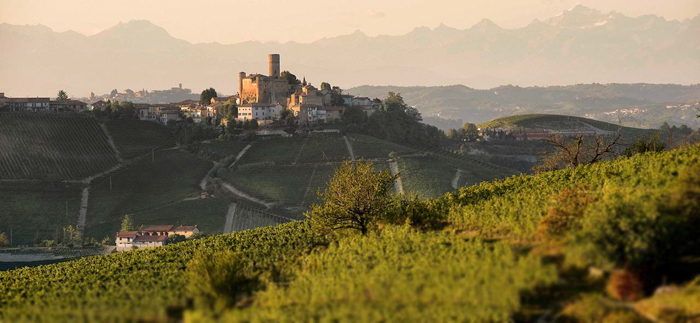
This attention/obsession with terroir might seem a bit old-fashioned. But keep in mind that wine production is an ancient tradition here, dating back thousands of years. Prior to the development of modern wine production techniques, the character of the wine was determined in the vineyard – the soil type, management, ploughing, pruning, trellising, when to harvest. This was a a time when there were almost no technological innovations which would have dramatically altered the relationship between the vineyard, its grapes and the resulting wine. Today a modern winemaker has a myriad of options in the cellar to affect the final result, sometimes so dramatically as to hide the unique characteristics of the terroir. The best producers find the right balance, how to use these modern techniques to enhance, rather than hide, the distinctive aspect of their terroir.
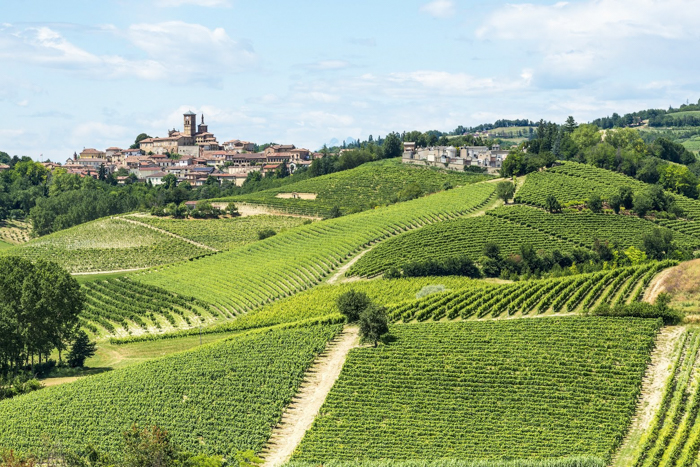
Up until the early 1970s, Barolo wines were typically a blend of Nebbiolo grapes from different vineyards in the zone, the producers relying on their familiarity with the terroir to create the desired flavor profile – grapes from Monforte supplied the intensity and structure, those from Serralunga depth and power, La Morra grapes provide suppleness and aromas, Barolo an elegant earthiness, and Castiglione Falletto boldness and richness. Today, the practice of single vineyard wines is now the norm, following the cru model of Burgundy. The Barolo DOCG has been further divided into small parcels called Menzioni Geografiche Aggiuntive (Additional Geograhic Definitions), abbreviated as MeGAs. These are defined by historical use and terroir. There are currently a whopping 181 of these. The intent is for these to become similar to the crus found in Burgundy, with the great MeGAs emerging, the others falling into disuse.The name of the MeGA can appear on the bottle if all the grapes come from that specific MeGA.
The Grand Crus of Barolo
These are some of the most notable crus from Barolo. Although user take note, there are plenty of wonderful Barolo produced by smaller outfits that aren’t include here simply because they haven’t invested the time in marketing their wines to those that create lists like this!
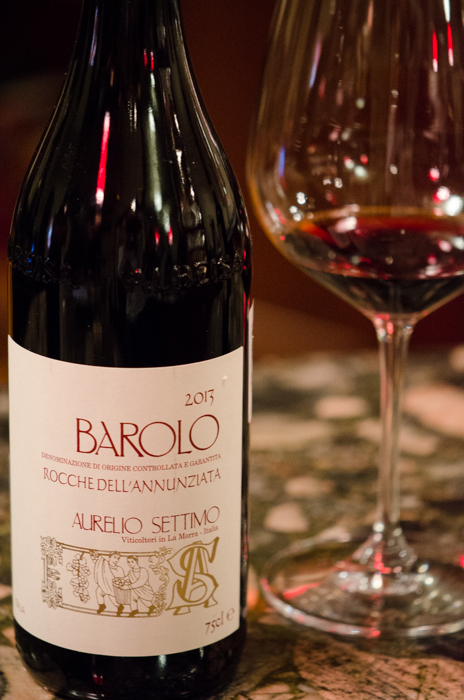
La Morra:
Arborina, Brunate, Cerequio, Conca, Gattera, Giachini, La Serra, Rocche dell’Annunziata
Barolo:
Bricco delle Viole, Brunate, Cannubi and Cannubi Boschis, Rue, San Lorenzo, Sarmassa
Monforte:
Bussia, Ginestra, Mosconi
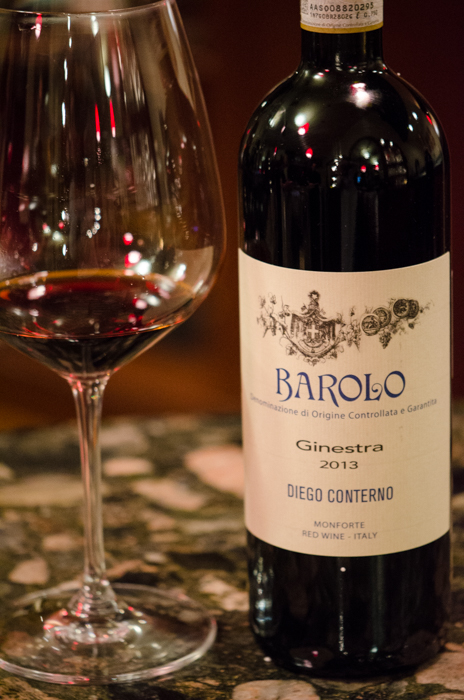
Serralunga d’Alba:
Ceretto, Falleto, Francia, Lazzanto, Marenca, Margheria, Omata, Parafada, Sorano, Vigna Rionda
Castiglione Falletto:
Bricco Boschis, Bricco Rocche, Fiasco, Mariondino, Monprivato, Pira, Villero



